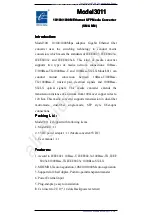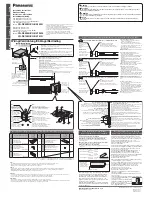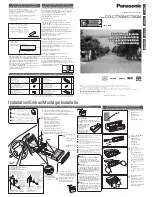
VIRDI 6000
TM
Administrator Manual
UNION COMMUNITY Co., Ltd. 44-3 Hyundai Topics Building, Bangi-dong,
Songpa-gu, Seoul, Korea 138-050, Tel: 82-2-6488-3000, Fax: 82-2-6488-3099,
E-Mail:[email protected], http://www.unioncomm.co.kr/eng
3.5.1. System Settings
Touch the system icon. Then touch the area which you would like to change.
3.5.1.1. User ID Length
The user ID length can be 2 to 8 digits in length. It should be programmed as the same value in
the server program. The user ID length will be the length of the user ID required to authenticate.
Any place that requires the entry of a user ID will be restricted to the length that is programmed in
this area. This value should reflect the amount of users in your terminal. For example, if you have
fewer than 100 users than enter 3. If your have more than 10000 users, then program a 6 digit
length.
Note: When changing the ID length shorter than the previous programmed value; be aware
that an administrator may not be authenticated properly to enter administrator
programming if their ID length was longer than the current length. It is recommended this
value be changed at the time of setting up the terminal, and not during regular usage.
3.5.1.2. Terminal ID Number
The terminal ID number uniquely identifies the terminal on the server program network. For every
terminal on the server network you should program a different terminal number. This value should
be 1-8 digits in length.
3.5.1.3. Authentication Mode
One of three options is available for the authentication mode. This setting determines where the
user authentication is done, in the server or locally at the terminal, or both. Change this setting
when there is high network traffic, many users, or authentication is too slow. The default setting is
Server/Terminal.
·
Server/Terminal - If the local terminal is properly connected to the network server,
authentication is done in the server. If there is a disconnection or communication trouble
between the server and terminal the authentication is done at the terminal.
·
Terminal/Server – If the local terminal is properly connected to the network server, the
authentication is done at the local terminal and the result is sent to the server in real time.
However, if the user ID entered does not exist in the local terminal the authentication is
requested at the server.
















































